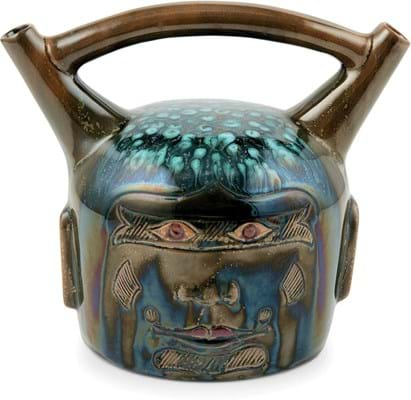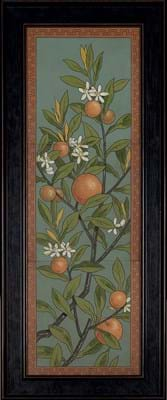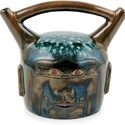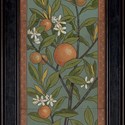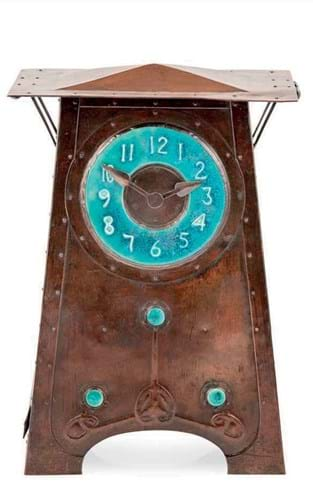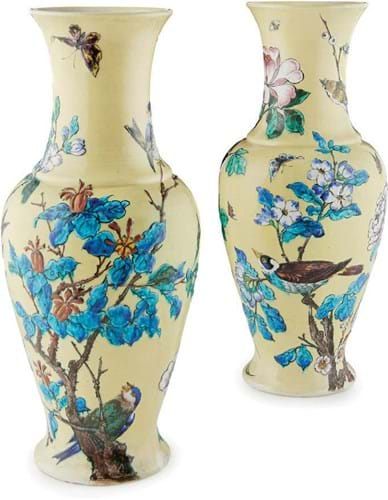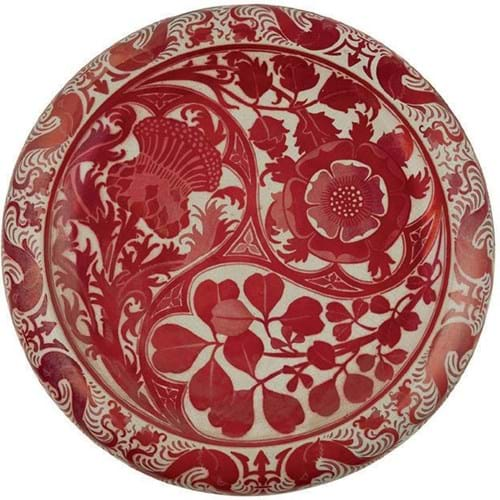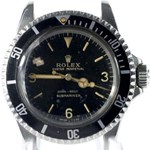It would be an understatement to say that the fine art business faces hugely difficult circumstances at the moment.
But even in the most hands-on of collecting markets such as decorative arts, technology – combined with a willingness to try new formats – is giving auction houses a way to continue selling.
Lyon & Turnbull (25% buyer’s premium) held a very solid sale of Decorative Arts: Design from 1860 on April 1 – the firm’s first auction using the behind-closed-doors format.
Close to 1400 potential buyers registered across three different platforms and phones. Bids were communicated to the rostrum via the video-conferencing software now familiar to all of those working from home. Some 83% of the catalogue was sold for a total of £570,000. And all rules on social distancing were respected.
A need to adapt
“As events worsened, we had to adapt,” said managing director and solo auctioneer Gavin Strang. “I am glad we were able to able to offer the excitement of a live auction in a way which allowed all our staff and clients to stay safely at home. We could not have done this five years ago.”
Vendor confidence was key. Nine out of 10 supported the move to sell online at a time when other salerooms were being mothballed and staff furloughed.
Benefiting perhaps from the lack of competition – “we had a captive audience of people sitting at home with fewer items to bid on elsewhere,” added Strang – some were repaid with impressive prices.
Peter Pan cast
The sale was topped by a bid of £28,000 (estimate £15,000-20,000) for an 18in (48cm) high cast of Sir George Frampton’s (1860-1928) most famous work: the sculpture of Peter Pan sited at the spot in Kensington Gardens where the magical boy appears each night in JM Barrie’s Little White Bird.
The original bronze, commissioned in secret by Barrie himself in 1911, was followed by six other full-size casts and a series of smaller reductions made by the Singer foundry. The price was towards the upper end of recent auction bids for this model. Subtle details in the casting and the early date of 1911 point to it being an early (perhaps the first) trial casting.
It was previously owned by Sir Alexander Walker II (1869-1950), the grandson of whisky distiller Johnnie Walker, who had donated it to a local educational trust on his death.
In subject matter and in composition, Wonderland, by Scottish sculptor Thomas J Clapperton (1879-1962), was directly inspired by Frampton’s New Sculpture movement staple. The full-size version of this bronze was made for the Wonderland Garden in Oamaru, New Zealand in 1926.
A 12in (31cm) high bronze reduction on a dished marble base sold just under hopes at £5500 in the L&T auction.
Morris marvels
As reported in News, ATG No 2347, a 1935 embroidered panel by May Morris (1862-1938) depicting a tabby cat in a wooded landscape, titled The Hunter at Bay, doubled estimate to sell at £8500.
It was the second example of May Morris embroidery offered in as many L&T sales. The equivalent sale in October 2019 included a much larger and earlier 9ft x 4ft 7in (2.74 x 1.4m) Fruit Garden portière from c.1880 that had sold for £10,000.
A pair of hand-loom jacquard woven Morris & Co curtains in the Violet & Columbine pattern – which provided the backdrop for Strang’s marathon 12-hour stint on the rostrum – sold at £3800.
Textbook Arts & Crafts
Some textbook Arts & Crafts silver lots were led by a 4in (10cm) high silver and enamel box made by the partnership of Omar Ramsden and Alwyn Carr. With marks for London 1907 and openwork decoration and enamel cabochons to the cover, it sold at £3400.
A pair of silver salts and spoons with blue glass liners with marks for the Guild of Handicraft (London 1900) sold for £1500. Another well-known CR Ashbee model, a butter dish or porringer with wirework handle and free cabochon (also hallmarked for London 1900), took £1900.
Two Arts & Crafts lots combining pottery made by the Ruskin Pottery in Smethwick with Birmingham metalwork also performed well.
A rare 2in (5cm) diameter green and blue-glazed box and cover with a Liberty & Co mount hallmarked for Birmingham 1902 sold at £1500, with a good-looking 16in (40cm) clock with a copper case by Jesson Birkett & Co and a blue Ruskin dial bringing £2600.
‘Delighted’ by the results
L&T head of sale John Mackie was “delighted by the depth of interest throughout the sale and by strong results across all collecting areas”.
He singled out “a marvellous price for a Thomas Whalen marble panel” which realised £8400 – an auction record for the artist.
Born in Leith and a student of Edinburgh College of Art, Whalen (1903-75) is known for a variety of Scottish ecclesiastical and civic commissions. Carved in shallow relief with four jiving stylised nudes, the 19in x 2ft 3in (48 x 68cm) Dancing Figures, c.1930, was very much in the Art Deco style.
Another ‘minor’ Scottish artist to receive deserved attention at this sale was Glasgow School of Art alumnus Olive Carlton Smyth (1882-1949). The Pipes of Pan, a work in brightly coloured tempera on a 10 x 16in (25 x 40cm) sheet of vellum offered in a contemporary silvered frame, took £5000 (estimate £2000-3000).
Dresser influences
A Linthorpe ‘Peruvian’ pitcher designed for the Middlesbrough pottery by Dr Christopher Dresser (1834-1904) sold for £2800 – hot on the heels of a record £17,000 bid for a Linthorpe Fijian-style sake bottle at L&T last October.
Dresser drew on a wide range of influences while working as art superintendent at Linthorpe from 1879-82. This 7in (18cm) high vessel with its two splayed spouts and incised face is one of series of pieces based on Pre-Columbian ceramics.
Another scarce Dresser Linthorpe form, an 8in 20cm) jug in striking blue and yellow glazes with a conical base and stylised bird-form spout, took £1500.
Also in the Aesthetic movement taste, a Minton three-tile panel decorated with flowering and fruiting orange boughs sold at £2600 and a pair of faience vases in the Japonisme style by Theodore Deck (1823-1891) settled at a triple-estimate £5500.
These 21in (52cm) high vases by the French ‘father of art pottery’, decorated with birds, butterflies and insects among blossoming foliage, came for sale from Newbattle Abbey, the former home of the Marquesses of Lothian and the source of two Ottoman saddle cloths sold for five-figure sums by L&T earlier this year (Pick of the Week, ATG No 2429.
Another candidate for ‘object of the day’ was an exceptional ruby lustre charger made c.1890 by Maw & Co at the Benthall ‘tile’ works in Jackfield, Shropshire.
Measuring an impressive 22in (55cm) and decorated with thistles, roses and shamrocks within a border of tridents and sea beasts, it outsold pieces in the sale by William de Morgan when it took £3600.
While by no means a record for the factory, it is the sort of sum typically reserved for the small number of Maw & Co pieces designed by Walter Crane.
Confident about the format
Three weeks into lockdown and it has already become common to talk of events BC and AC: the world before and after coronavirus.
As priorities and behaviour changes, so too will the markets. Confident that the ‘live online’ formula works, L&T now plans to repeat it for three more auctions in the spring.
Should Contemporary & Post-War Art on April 16 meet with a similar success rate to 19th-20th century decorative arts, other top-tier regional firms will surely consider following suit.


